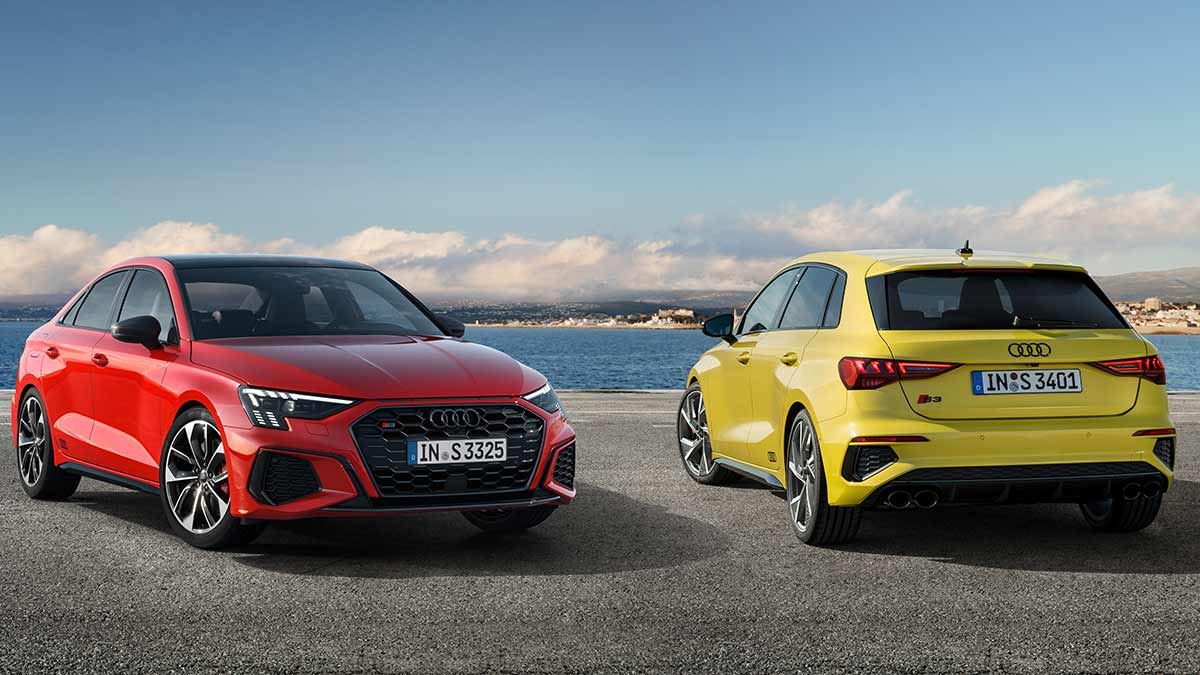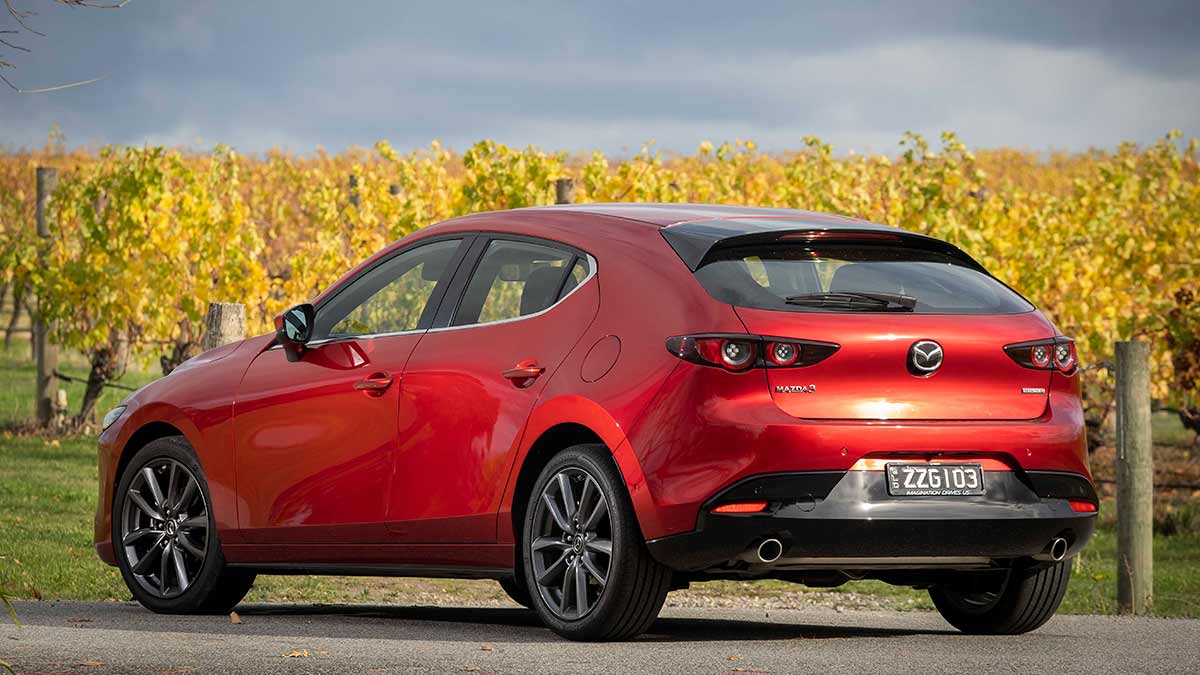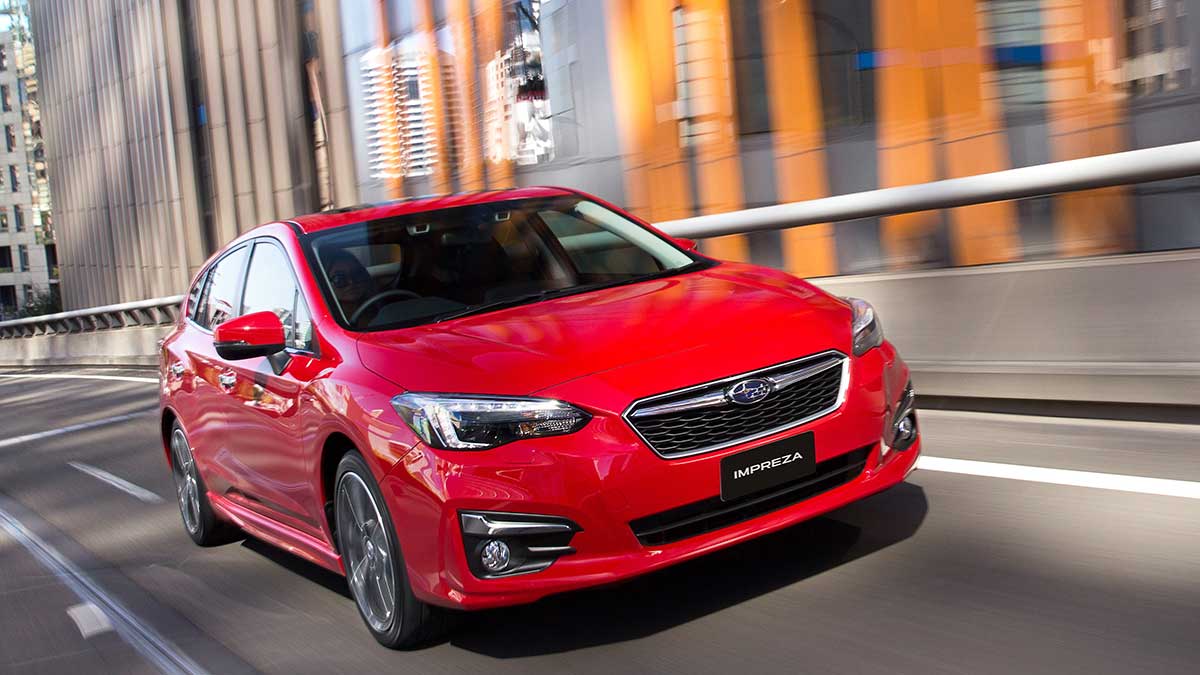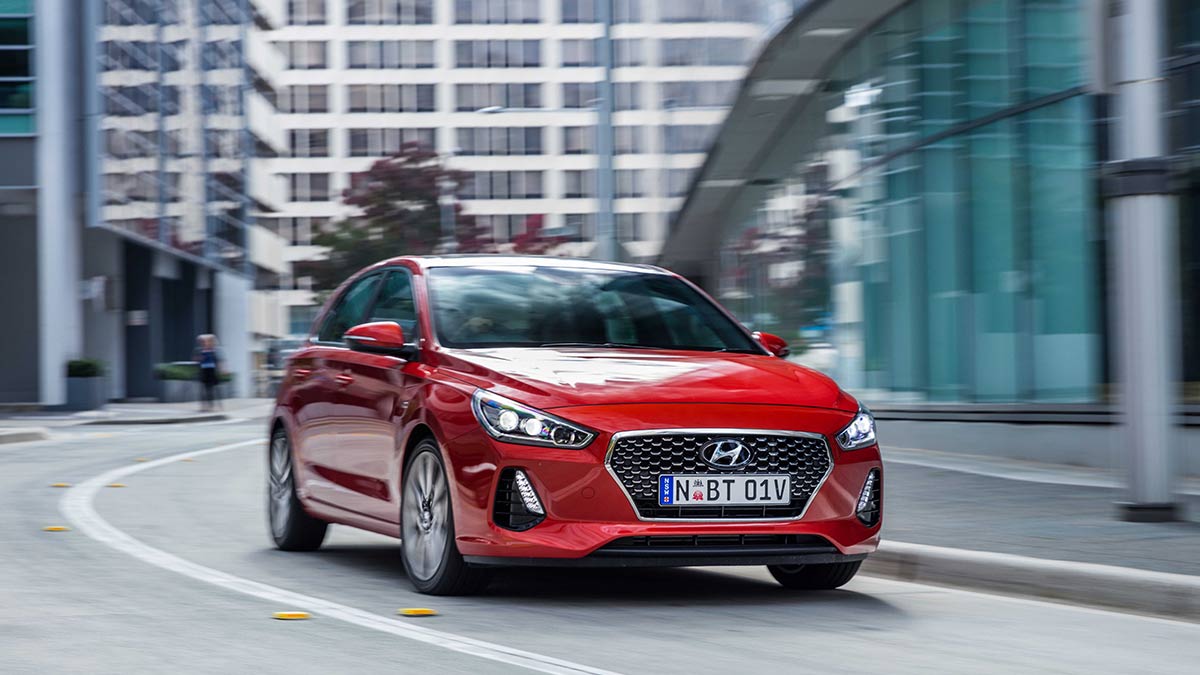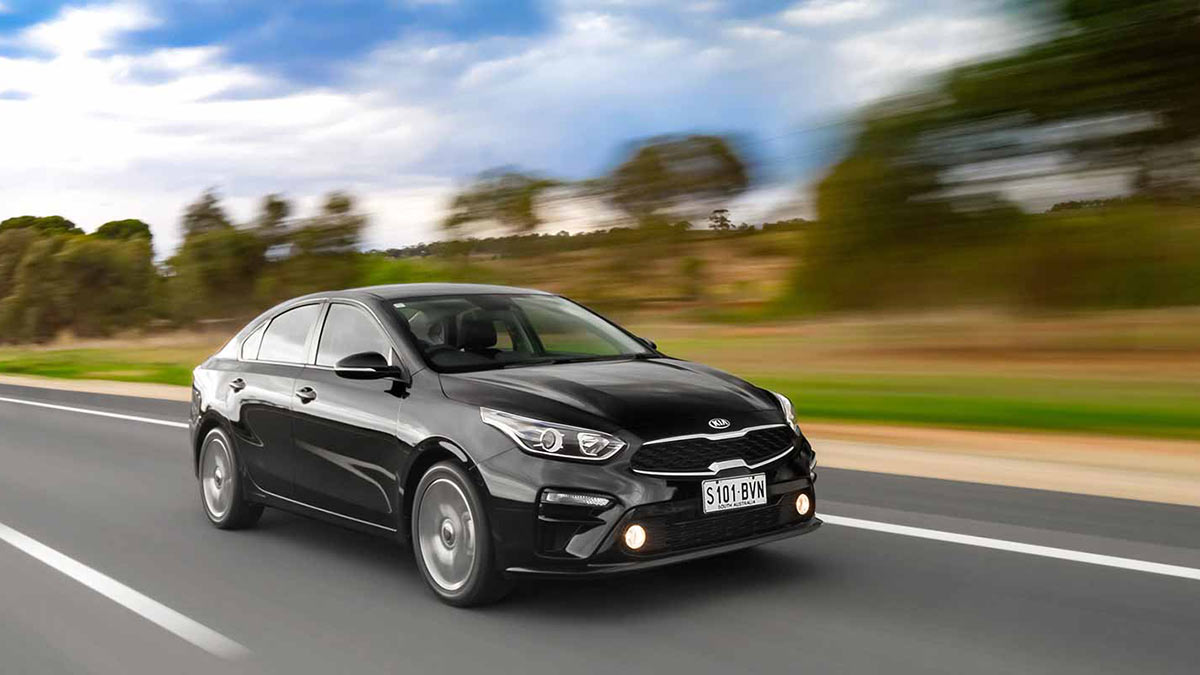The ninth-generation Toyota HiLux has arrived, bringing with it a futuristic forward exterior design, more safety and tech and the same rugged capability owners love. Will the updates tempt private buyers away from the Ford Ranger or are they just enough to keep fleets onside?
Sedan versus hatch: which is better?

There’s a bit to think about when choosing between a sedan or hatch: which provides better boot space? Which has a better resale value? Which is right for you?
The big Aussie sedan was long the staple of an Aussie driveway, until the wagon turned up – giving people the option of more space to pile things in.
But the sedan has been overshadowed in recent years by all manner of SUVs, as well as the humble hatchback.
Early hatch efforts such as the Holden Torana and Ford Laser helped with the popularity of a body style that is still a big seller today.
So, if you’re in the market for a small or medium car, which do you choose?
Do you go for the size and tradition of the sedan or opt for the stumpy tail of a hatch?
We crunched the numbers on six popular small cars, each of which is available as a hatch and sedan: the Mazda3, Toyota Corolla, Hyundai i30, Kia Cerato, Audi A3 and Subaru Impreza.
The world view
Geography affects the popularity of sedans and hatches around the world. America and China – the world’s two biggest car markets – typically prefer a sedan over a hatch.
Europe, on the other hand, swings the other way.
Some car makers, including Toyota and Hyundai, separate their sedans and hatches more dramatically than just changing the rear-end – and it’s all in response to those market preferences.
The Corolla and i30 sedans, for example, sit on a longer platform with more space between the front and rear wheels (the wheelbase) to create more rear legroom. That’s important for Americans, who are often bigger and want more space and it’s also important for China, where it’s considered a luxury to be driven around in the back seat.
Those brands’ Europe-focused hatches shorten things for the tighter streets and more compact dimensions buyers demand.
As for Aussies, we’re still partial to a sedan, but in the small car realm, hatches have taken over, these days accounting for the bulk of sales.
Some car makers say sedans attract more older buyers, likely because that’s what many grew up with.
Crunching the numbers
Sedans are almost always longer than their equivalent hatchback. The extra millimetres – typically between 100 and 300 - are added to the back of the car, elongating the boot and how far it protrudes beyond the back wheels.
That’ll mean you may struggle to fit into some parking spots if you’re in the sedan compared with the hatch – but only if things are tight.
Most sedans have a slightly lower roof than their hatch counterparts, although usually only by a few centimetres. It’s as though they’ve been squashed from the top, stretching their bodies in the process.
While those in the front seats won’t notice much difference, those in the rear often will.
In the Audi A3, for example, 22mm is shaved off the rear headroom as a result of the lower roofline that tapers at the back windscreen. That’s a common theme and for taller occupants that could make the difference between having to stoop slightly versus sitting upright.
Is a hatch or sedan better for boot space?
A hatch swallows a lot more luggage than a sedan, right?
Not so fast. Look at the official measurements for boot space and it’s usually the sedan that boasts more capacity.
Of the six vehicles we compared, the sedan averaged a boot that was 119 litres larger in capacity. That’s plenty of bags and could make the difference between stuffing in another few teddy bears or leaving them in peace at home.
But the difference partly comes down to how those boot capacities are measured. There are two main methods for calculating luggage space: VDA (Verband der Autombilindustrie) and SAE (Society of Automotive Engineers).
The VDA method is most commonly used in Australia and involves calculating how many standardised blocks could fit in the boot. But it only measures to the top of the back seats, so misses out plenty of usable space in a hatch.
The SAE method uses smaller-load objects (which can potentially fill some of the holes created when calculating the VDA method) and measures all the way to the roof.
Little surprise, then, that the SAE number typically benefits vehicles such as SUVs and hatches, which have a more open load area.
The Kia Cerato proves the point. Measured using the VDA method, the Cerato sedan has a 502-litre boot versus 428L for the hatch. But employ the SAE method and the sedan’s capacity drops to 434L while the hatch shoots up to 741L.
Given most owners will utilise all the available space, it pays to dig deeper than the numbers. Because, yes, a hatch will typically take more than a sedan.
Boot breadth
Another key point with a hatch is the broadness of its boot opening.
Because a hatch is hinged on the roof – taking the back window with it when you open the boot – there’s a much deeper opening.
Whereas a bike or large box might not physically make it past the narrower opening of a sedan, with a hatch there’s a better chance you can use the folding functionality of the back seats.
Again, it’s a win to the hatch.
Is a hatch or sedan better for resale?
Resale value is important with any new car and it’s logical there could be a difference between hatch and sedan.
But there’s not a whole lot between the two – most of the time.
Of the six cars we’ve looked at here, most have almost identical forecast resale values after five years and 80,000km of ownership.
According to industry guide Redbook, the Mazda3 and Audi A3 will be worth the same in future.
For the Toyota Corolla, Subaru Impreza and Hyundai i30 the hatchback has a very small advantage over the equivalent sedan. However, we’re talking a couple of hundred dollars, which is hardly the sort of thing to sway a buying decision early on.
The outlier is the Kia Cerato; the hatch is predicted to retain 59 per cent of its original value whereas the sedan is just 50 per cent.
| Hatch v sedan dimensions | ||||
|---|---|---|---|---|
|
Mazda 3 hatch |
4460 |
1435 |
295 |
1317 |
|
Mazda 3 sedan |
4660 |
1440 |
444 |
1316 |
|
Toyota Corolla hatch |
4375 |
1435 |
217 |
1375 |
|
Toyota Corolla sedan |
4630 |
1435 |
470 |
1420 |
|
Subaru Impreza hatch |
4475 |
1480 |
345 |
1383 |
|
Subaru Impreza sedan |
4640 |
1445 |
460 |
1373 |
|
Hyundai i30 hatch |
4340 |
1455 |
395 |
1276 |
|
Hyundai i30 sedan |
4650 |
1430 |
474 |
1230 |
|
Kia Cerato hatch |
4510 |
1445 |
428 |
1345 |
|
Kia Cerato sedan |
4640 |
1440 |
502 |
1320 |
|
Audi A3 hatch |
4343 |
1449 |
380 |
1320 |
|
Audi A3 sedan |
4495 |
1425 |
425 |
1320 |
The information provided is general advice only. Before making any decisions please consider your own circumstances and the Product Disclosure Statement and Target Market Determinations. For copies, visit racv.com.au. As distributor, RACV Insurance Services Pty Ltd AFS Licence No. 230039 receives commission for each policy sold or renewed. Product(s) issued by Insurance Manufacturers of Australia ABN 93 004 208 084 AFS Licence No. 227678.
